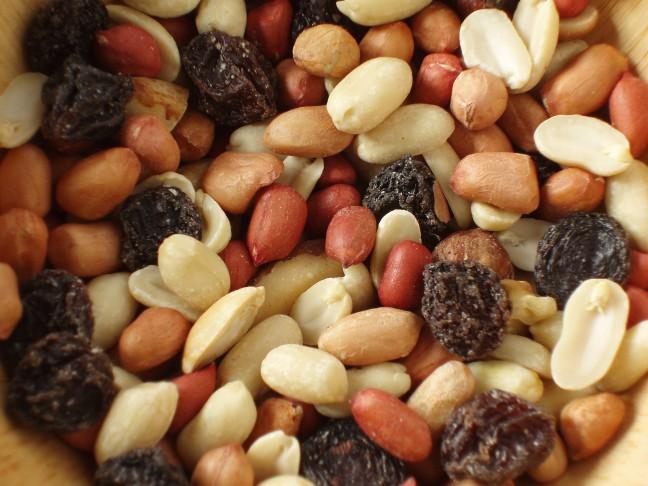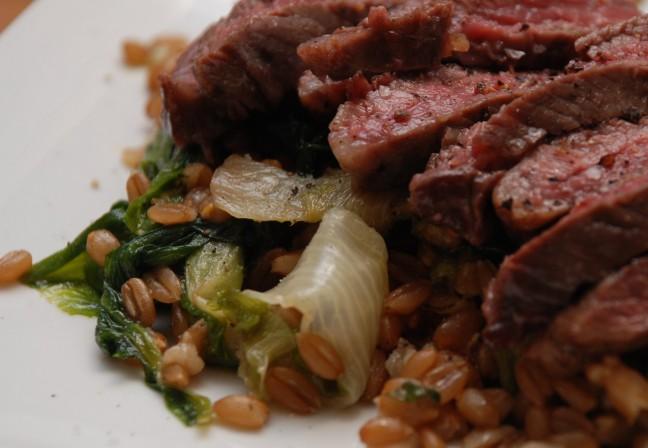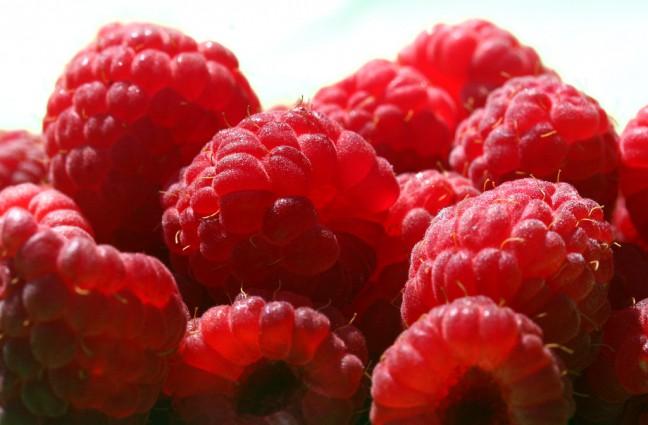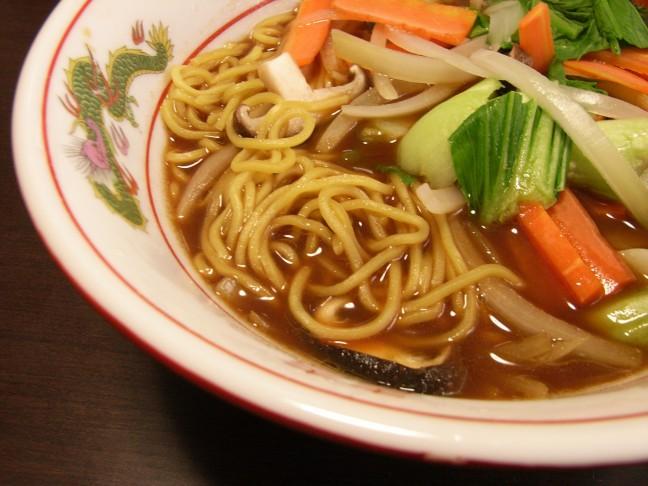About a year ago, I made the personal decision to become a vegetarian. When people find out, they almost instantly ask, “How do you get your protein?” I’m used to it now, but for a while it surprised me that protein consumption is such a concern to others. In truth, people often exceed their protein recommendations. Excessive amounts of protein are only necessary for certain individuals like athletes, those recovering from illness or injury and pregnant women. The average adult requires approximately 0.8 grams of protein per kilogram of body weight. (So an adult weighing 150 pounds requires approximately 54 grams of protein a day.) There are so many protein-rich foods available besides the typical sources of meat, poultry, seafood and eggs. So being a vegetarian and getting enough protein is not a problem. Read on to find different —maybe surprising — ways to get your protein fill.
Beans
There is a wide variety of beans available that serve as an excellent source of protein. They are also high in antioxidants and fiber while staying relatively low in calories. A half-cup serving of beans packs roughly seven to 10 grams of protein, depending on the variety. Black, kidney, pinto and white beans are all nutritious options, as well as chickpeas, black-eyed peas and lentils among many others. Add beans into your favorite soup recipe. Grind up chickpeas to make hummus or roast them whole with your favorite seasonings for a tasty snack to pack for class. Canned beans are convenient, but be aware of high salt contents. Look for “no added salt” or “low sodium” on the label.
Dairy
Most people associate dairy products with calcium, but they also provide protein. One cup of milk or yogurt counts as one serving as does 1 1/2 ounces of natural cheese. Protein content varies from food to food. For example, one cup of skim milk contains about eight grams of protein while Greek yogurt and a half cup of cottage cheese contain about 15 grams each. Adding milk to your cereal, mixing yogurt in your smoothie or grabbing string cheese for a snack are just a few easy ways to help you meet your protein requirements.
Meat Substitutes
Tofu, tempeh and seitan can be the most intimidating protein sources for those who are unfamiliar. Tofu and tempeh are both made from soybeans while seitan is made from wheat. All three are common meat substitutes for vegetarians because of their high protein content. In a half-cup serving, tofu has about 10 grams of protein, tempeh contains about 15 and seitan provides roughly 30. In general, these three alternatives can be substituted for just about any meat product. For example, seitan is a good alternative for beef in Chinese beef and broccoli because of its similar texture. Tofu is very versatile and comes in varying degrees of firmness (from silken to extra firm). Silken can be added to smoothies and extra firm can be sautéed for your favorite meal. Tempeh can be prepared many ways and is commonly used in place of meat in sandwiches, salads and stir fries.
Nuts
Nuts are an excellent snack option for their protein content as well as the fiber and healthy fats they provide. Even though nuts are high in monounsaturated and polyunsaturated fats, which help lower cholesterol and the risk of heart disease, it is important to pay close attention to portion control because the fat content means more calories. It depends on the type, but on average a quarter cup of nuts delivers about six grams of protein and 200 calories. Almonds, cashews, hazelnuts, peanuts, pecans, pistachios and walnuts are some of the most popular. Make your own trail mix, roast some almonds or grind up your favorite kind to make nut butter.
Vegetables
Vegetables are one of the most surprising sources of protein for most people. They contain an abundance of nutrients like fiber, vitamins and minerals in addition to protein. Asparagus, cauliflower, broccoli, Brussels sprouts, artichokes, watercress and even sweetcorn contain significant amounts of protein. A cup of raw or cooked vegetables equals one serving and will provide about three grams of protein depending on the vegetable. Enjoy vegetables raw with dip, as a salad or cook up a new side dish. When it comes to vegetables, the possibilities are endless.
Protein does more for the body than just build and repair muscles. It is crucial for stimulating bone and tissue growth, boosting the immune system and maintaining important bodily functions like digestion and circulation. Whether you are a carnivore or vegetarian, it is important to include a variety of wholesome foods to get the right amount of protein.
Fall is officially upon us and this dish is great for cooler temps. It’s easy to make and only uses one pan making clean-up a breeze!
Gnocchi with White Beans and Spinach
Ingredients:
- 1 tablespoon plus 1 teaspoon extra-virgin olive oil, divided
- 1 16-ounce package whole wheat gnocchi
- 1 medium onion, sliced
- 4 garlic cloves, minced
- 1/2 cup water
- 1 10-ounce bag baby spinach
- 1 15-ounce can diced tomatoes, Italian style
- 1 15-ounce can white beans, rinsed
- 1/4 teaspoon pepper
- 1/2 cup shredded mozzarella cheese
- 1/4 cup finely shredded Parmesan cheese
Directions:
Heat one tablespoon of oil in a large skillet over medium heat. Add the gnocchi. Stir continuously and cook until it has puffed and is starting to brown, about five to seven minutes. Set aside in a bowl.
Add the other teaspoon of oil along with the onion to the pan and cook over medium heat for two minutes, stirring constantly. Next add in the garlic and water. Cover and cook about four to six minutes, or until the onion is soft. Stir in spinach until it begins to wilt. Mix in tomatoes, beans and pepper. Bring to a simmer and then add the gnocchi back in. Sprinkle with mozzarella and Parmesan. Cover and cook a few extra minutes until the cheese is melted and the sauce is bubbling.
Makes 6 servings.




















